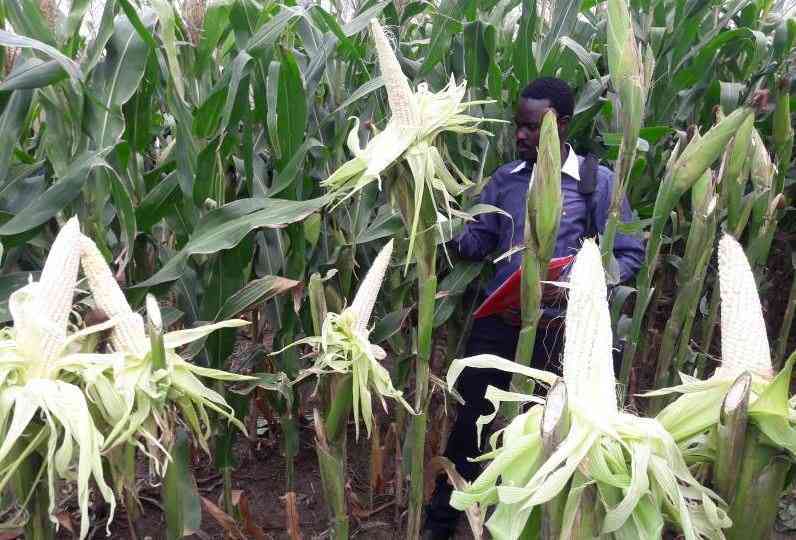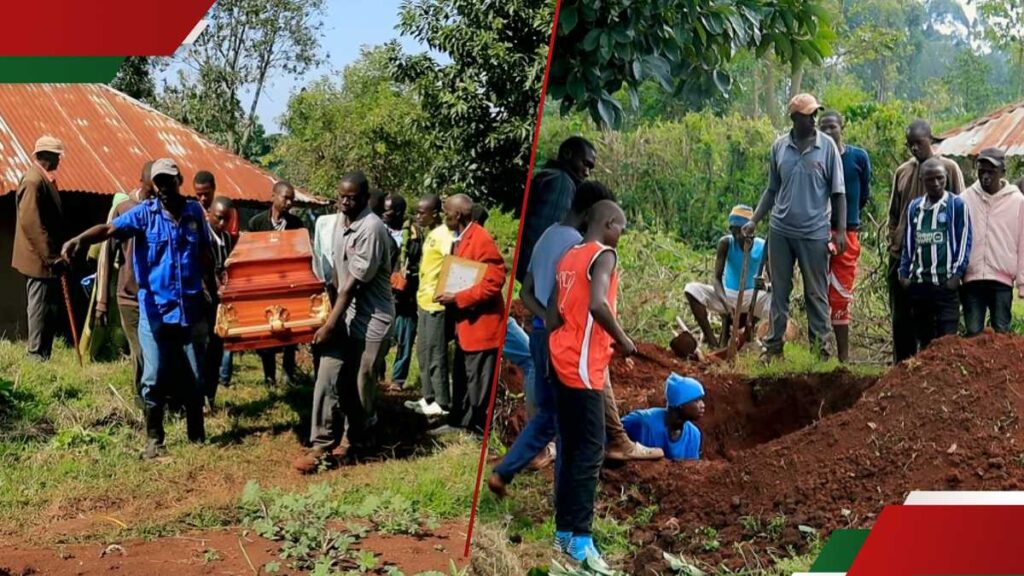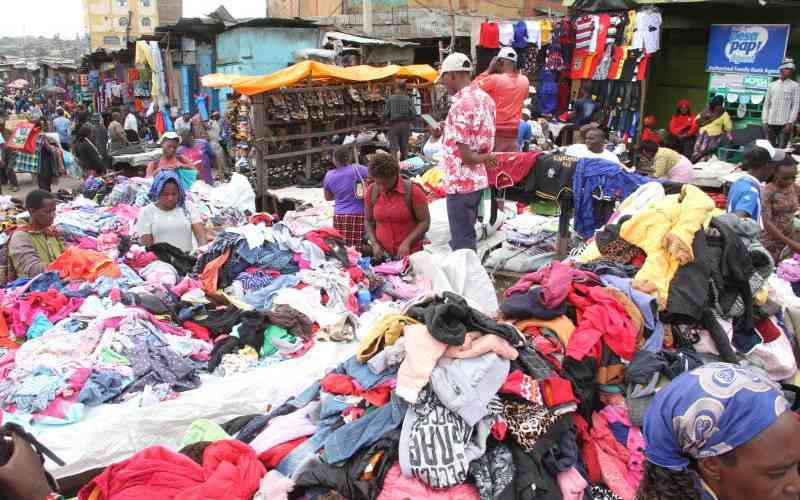Maize production in the country dropped by six per cent last year, according to latest data, contradicting reports government has been sharing that farmers had registered a bumper harvest, which would wean Kenyans off maize importation.
The lower production also casts doubt as to whether President William Ruto’s programmes aimed at ensuring Kenya is food secure and no longer relies on imports are working.
President Ruto and his Kenya Kwanza regime were firm about food sufficiency in the country and put in place measures that were aimed at boosting agricultural productivity including reducing price of farm inputs, including subsidising fertilisers.
Last year however, Kenyan farmers produced 44.7 million 90 kilogramme bags of maize in 2024, which was lower than the 47.6 million bags produced in 2023, according to the Kenya Economic Survey 2025 published Tuesday.
“Maize production decreased by 6.1 per cent to 44.7 million bags in 2024 from 47.6 million bags in 2023 which was partly due to erratic short rains in 2024,” said the Survey by the Kenya National Bureau of Statistics (KNBS).
It is not just maize production that was on the decline, but also potatoes and millet but the report also shows that beans and sorghum production increased.
Maize is a staple in Kenya and its drop in production contributed to a slowed growth in agriculture, a key sector contributing 22.5 per cent to the economy. The sector grew 4.6 per cent last year compared to 6.6 per cent in 2023.
“The growth (in agriculture) was largely a result of varied weather patterns during the year; with long rains being above-average while the short rains were below average, leading to mixed performance of the various crops,” said the Survey.
Senior government officials, including those in the Agriculture Ministry, had last year said maize production would be at a historical high in 2024. They projected that farmers across the country would produce 75 million bags in 2024, boosted by the government’s fertilizer subsidy programme and favourable weather conditions.
While the subsidised fertiliser may have offered some relief for farmers, the project was blighted by the distribution of fake fertiliser.
Despite the lower maize production, the cost of maize flour fell, which the KNBS report noted was on account of easing cost of petroleum products. Fuel is used in production processes at the farm and factory level, as well as moving the flour to the market.
A two-kilogramme packet of maize flour retailed at Sh149 on average, according to the survey, compared to Sh189 in 2023, a 21.2 per cent decline, attributed to a 19 per cent drop in the cost of maize grain.
“Prices of maize grain recorded the highest decrease of 19.3 per cent, resulting in a fall in maize flour prices,” said the Economic Survey, which notes that a kilogramme of maize grain dropped to Sh62.70 last year from Sh77.69 in 2023, attributing it to the lower cost of transport.
“The easing of inflation in 2024 for the various income groups was mainly due to a reduction in food prices, such as maize grain loose and maize products such as maize flour. The decline was attributable to a decrease in the inflation of the transport sector, where petrol and diesel prices went down in 2024 compared to 2023.”
Stay informed. Subscribe to our newsletter
Locally produced maize was also adequate to significantly reduce importation of the commodity. Maize imports in 2024 dropped 41.2 per cent to 309,300 tonnes from 507,900 tonnes imported in 2023. The maize import bill also dropped by 56.5 per cent to Sh10 billion last year from Sh23 billion in 2023.

























